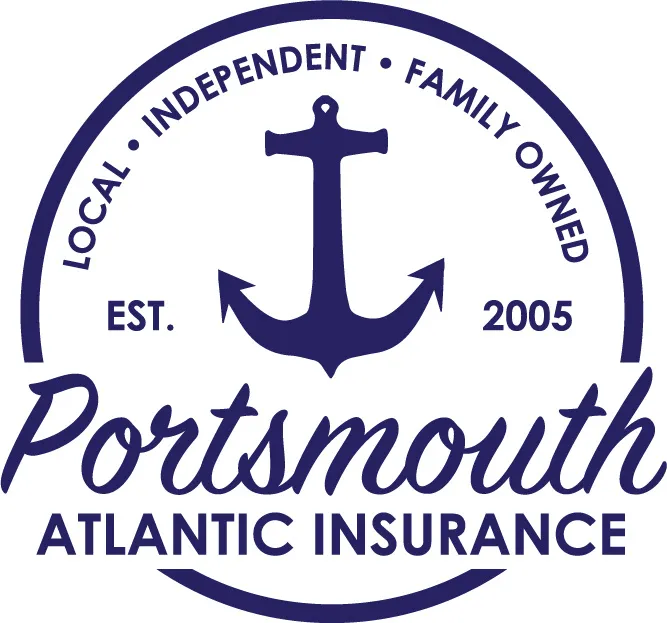Understanding the Insurance Declaration Page: A Guide for Policyholders
Insurance can be complex, and there can be areas of insurance which are difficult to understand, yet with the right information, they do not have to be difficult to understand. Among the most crucial documents you’ll encounter is the insurance declaration page. This page is often referred to as the “dec page”. This document will serve as a concise overview of your insurance coverage. This document provides all of the essential information you’ll need to grasp what your insurance coverage is all about, conveniently located within one page or so in most cases. In this post, we’ll break down what an insurance declaration page is, the information it includes, and why it’s so important for policyholders to understand what goes into this page. Feel free to contact us if you have any immediate questions and we’ll be happy to help.
What is an Insurance Declaration Page?
The insurance declaration page is the first page of your insurance policy document which happens to outline the specificity of your contract with the insurer. The insurance declaration page acts as the summary of the coverage provided, the premiums due (monthly, quarterly, annually, etc…), and other pertinent information related to the policy. The declaration page is issued for all types of insurance, including home owner’s insurance, life insurance, auto insurance, and even commercial insurance policies.
Key Information Included on the Declaration Page
The insurance declaration page will include comprehensive details about your insurance policy, often formatted in an easy-to-read manner. Here are some of the most common elements you’ll typically see on an insurance declaration page.
Policy Number: The unique identifier, known as the policy number, is important for filing claims and discussing your policy with your insurer.
Policy Period: The start date and end date of your policy should be clearly listed on your declaration page, showcasing the duration of your effective coverage period.
Policyholder Information: The policyholder information section will contain the name and address of the insured, and possibly additional identifying information.
Insured Property: For property insurance and auto insurance, this section will detail the property or vehicle covered with descriptors such as VIN numbers for automobiles and addresses for homes.
Coverages: This section will include the breakdown of the coverage included (liability, comprehensive, collision, dwelling, personal property, etc…), along with the respective limits for each type of coverage.
Premiums: The premium section will list the total premium for the policy and the breakdowns for additional coverage, if applicable.
Deductibles: The deductible section is the amount the policyholder must pay out-of-pocket prior to the insurance kicking in.
Discounts & Surcharges: Any and all discounts applied to the insurance premium or additional surcharges will be itemized here.
Additional Insureds & Endorsements: This section identifies any third parties or additional coverage options which may modify the standard policy terms.
Contact Information: The contact information section includes details for contacting your insurance agent or company for service or processing of claims.
Importance of the Insurance Declaration Page
Proof of Insurance: The declaration page serves as proof of your insurance coverage, which is particularly useful for scenarios where you may need access to quick forms of verification, such as when securing a mortgage or at the scene of a car accident you’ve been involved in.
Reviewing Coverage: The insurance declaration page allows you to easily review and confirm all information within your policy is correct and the coverage conveyed will be able to meet your needs. It’s especially useful when renewing or modifying your current policy.
Filing Claims: When filing claims, it’s important to have your policy number and contact information readily available, as this will simplify the process of filing your insurance claim. The insurance declaration page assists with this process.
Comparing Policies: When shopping around for new insurance coverage or when you’re comparing policies, the insurance declaration page provides a straightforward comparison of coverages and costs.
Tips for Using Your Declaration Page
- Review Immediately: When you receive your insurance documents, you’ll want to review the insurance declaration page ASAP to ensure all information is accurate and the coverage is as anticipated.
- Store Safely: Be sure to store your insurance declaration page in a safe place, along with requesting a digital copy of said insurance declaration page to have ready access in times of crisis.
- Update as Necessary: Notifying your insurer of any changes which may affect your coverage (renovating your home or purchasing a new car) to ensure your declaration page remains accurate is an important part of the process.
Choose Portsmouth Atlantic Insurance for All of Your Homeowners Insurance Needs
The insurance declaration page is a very important part of your insurance policy documents. Having a better understanding of the insurance declaration page can help you better manage your policy ensuring you have the proper levels of coverage in place and are fully aware of your policy’s terms and conditions. Regularly reviewing your insurance declaration page will keep you informed as the insured party. If you’d like for us to review your current policy, feel free to contact us and we’ll be sure to schedule a time to go over your policy documents. We look forward to hearing from you soon!
